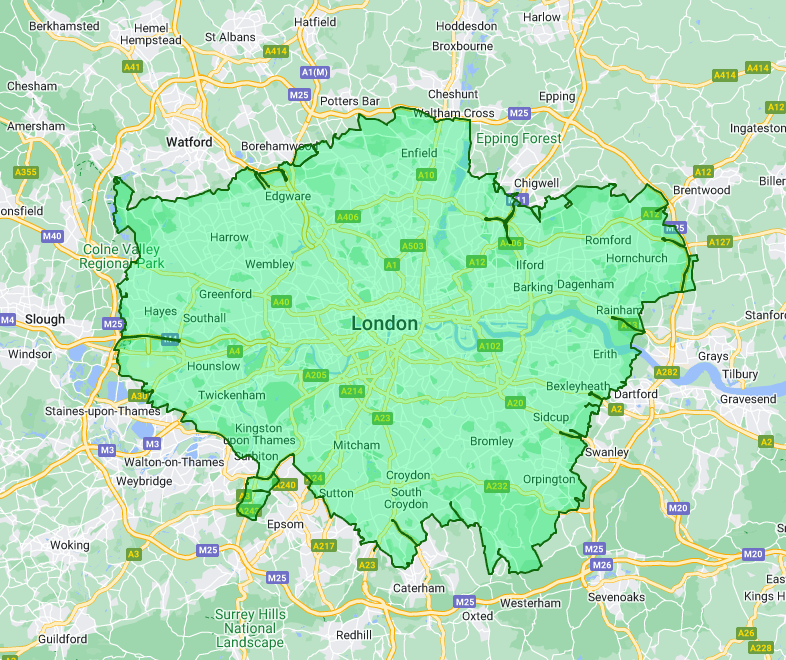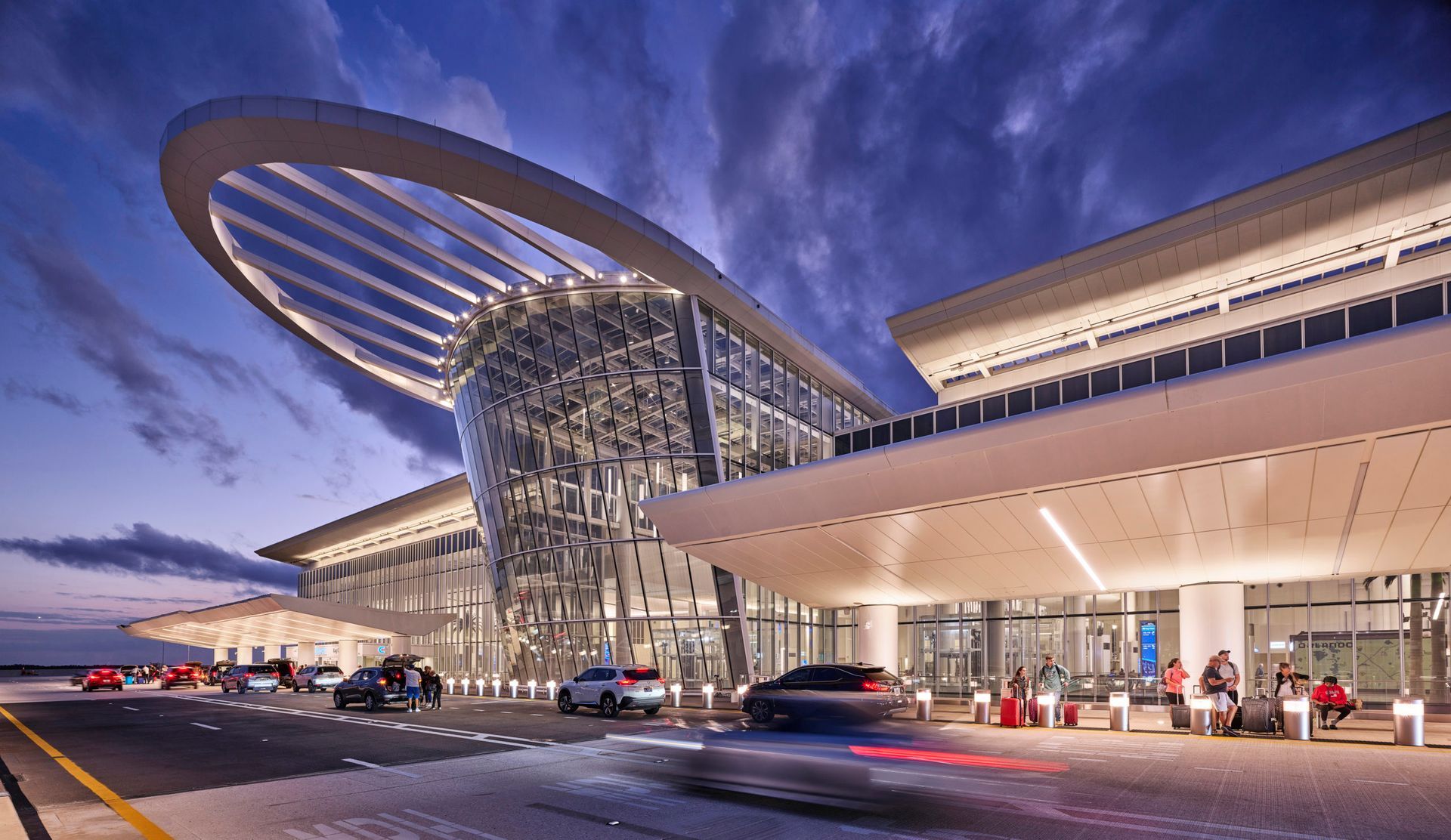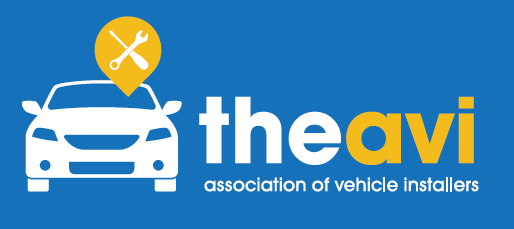01283 533330
Understanding the DVS Zone: Direct Vision Standard
This is a subtitle for your new post

The Direct Vision Standard (DVS) is a critical aspect of road safety in Greater London, mainly for Heavy Goods Vehicles (HGVs). This system aims to enhance the visibility of pedestrians and cyclists to drivers of large vehicles, thereby reducing accidents. As part of this initiative, the DVS Zone has specific requirements and penalties for non-compliance. This article will delve into the DVS, its importance, the permit requirements, penalties, and the associated enforcement processes.
What is the Direct Vision Standard?
Overview of the Direct Vision Standard
The Direct Vision Standard is a set of regulations established by Transport for London (TFL) to improve road safety by mandating that HGVs possess a minimum level of direct vision from the driver's seat. This standard is mainly focused on vehicles over 12 tonnes, as these are often involved in serious accidents due to their size and limited visibility. The DVS assigns a star rating to vehicles based on their design and visibility features. This system not only encourages operators to invest in safer vehicles but also aims to create a safer road environment for vulnerable road users, such as cyclists and pedestrians. By implementing the DVS, TFL hopes to reduce the number of accidents in Greater London significantly.
Importance of the DVS Zone in Greater London
The DVS Zone is vital for ensuring the safety of all road users within Greater London. The area has seen a high number of fatalities and serious injuries involving pedestrians and cyclists, often caused by HGVs that struggle to see these vulnerable groups. The DVS Zone aims to mitigate these risks by enforcing the Direct Vision Standard. The visibility improvements required by the DVS will help drivers better perceive their surroundings, allowing them to make safer driving decisions. Moreover, the DVS is part of a broader initiative to create a progressive, safe system for urban transport, fostering a culture of safety and responsibility among all operators. Therefore, the DVS Zone is not just a regulatory measure but a commitment to enhancing safety across the board.
How does the Direct Vision Standard affect HGVs?
The Direct Vision Standard imposes specific requirements on HGVs over 12 tonnes, necessitating that these vehicles meet a designated visibility rating. Operators of HGVs must ensure their vehicles are equipped with features that enhance the driver's ability to see directly out of the cab. This may include fitting additional mirrors or cameras that improve the driver's view. Vehicles not meeting the DVS requirements may be denied access to the DVS Zone unless they possess a valid HGV safety permit. This regulation ensures that only vehicles that prioritise visibility and safety can operate in the most vulnerable areas of Greater London. Additionally, this standard encourages fleet operators to upgrade their vehicles, ultimately leading to a safer road environment.
Who needs a permit to drive in the DVS Zone?
Requirements for obtaining a DVS safety permit
Drivers must obtain a DVS safety permit to operate within the DVS Zone. This permit is essential for all HGVs over 12 tonnes that do not meet the minimum direct vision standards. Operators need to apply for this permit through the TFL website, providing necessary vehicle details and ensuring that the vehicle is compliant with the DVS ratings. The application process generally involves submitting documentation that proves the vehicle's compliance with the regulations. Once the application is submitted, TFL will undergo a review process to confirm that the vehicle meets the required standards. Operators must ensure that they possess a valid permit before driving in the DVS Zone to avoid penalties.
What vehicles are exempt from the permit requirement?
While many vehicles are subject to the DVS permit requirement, certain vehicles may be exempt. For instance, vehicles used for emergency services, such as ambulances and fire trucks, are not required to obtain a DVS safety permit. Additionally, vehicles operating solely within the DVS Zone for specific purposes, such as breakdown recovery, may be exempt from this requirement. These exemptions are designed to ensure that essential services can operate efficiently without unnecessary hindrance. However, it is important for operators to verify their vehicle's status to ensure compliance with DVS regulations, as operating without a valid permit, even under the assumption of exemption, may lead to penalties.
How to apply for a DVS safety permit
Applying for a DVS safety permit is a straightforward process that can be completed online through the TFL website. Operators need to provide detailed information about their vehicles, including the registration number, weight, and any modifications that enhance direct visibility. The application must demonstrate that the vehicle meets the necessary DVS criteria, which may involve submitting supporting documents or evidence of compliance. Once the application is submitted, TFL reviews it, and applicants will receive a confirmation regarding their permit status. Operators should apply well in advance of their intended driving schedule to ensure they receive the permit on time. Having a valid DVS safety permit is crucial for compliance and avoiding penalties while driving in the DVS Zone.
What are the penalties for non-compliance in the DVS Zone?
Understanding penalty charge notices (PCNs)
In the DVS Zone, non-compliance with the Direct Vision Standard can result in serious penalties, typically as a penalty charge notice (PCN). A PCN may be issued to operators who drive vehicles in the DVS Zone without a valid DVS safety permit. The standard penalty for such an infraction is £550, which can be reduced to £275 if paid within 14 days. This penalty mechanism serves as a deterrent against violations and encourages compliance with the DVS regulations. Drivers and operators must remain informed about the rules of the DVS Zone to avoid receiving a PCN. The consequences of failing to comply not only have financial implications but also reflect a lack of commitment to road safety.
Consequences of driving without a valid permit
Driving without a valid DVS safety permit in the DVS Zone can have significant consequences for operators and drivers. Besides the immediate financial penalty, repeated offences may result in increased fines and potentially lead to further legal ramifications. For businesses, this could damage their reputation and increase regulatory authorities' scrutiny. Moreover, operating without the necessary permits can impact insurance claims and liability in the event of an accident. Thus, operators must maintain compliance with DVS regulations to safeguard their interests. Ensuring that all vehicles have the proper permits helps create a safer environment for everyone on the road, reinforcing the importance of adhering to the Direct Vision Standard.
How to contest a penalty charge notice
If an operator receives a penalty charge notice (PCN) for non-compliance in the DVS Zone, there are procedures in place to contest it. The first step is to review the details of the PCN and gather any evidence that supports the contestation, such as photographs or documentation proving compliance. Operators can submit a dispute through the TFL website, providing all relevant information and evidence. It is essential to act promptly, as there are deadlines for submitting a contestation. TFL will review the case and notify the operator of their decision. If the challenge is successful, the PCN may be cancelled; otherwise, the operator must pay the penalty. This process ensures that operators have a fair opportunity to defend themselves against penalties while reinforcing the importance of maintaining valid permits in the DVS Zone.
How is the DVS Star Rating determined?
What factors contribute to a vehicle's DVS star rating?
Several critical factors that assess a vehicle's visibility and safety features determine the DVS star rating. The primary criteria include the vehicle's design, the size of the windows, the position of the driver's seat, and additional visibility aids, such as cameras and mirrors. Vehicles that allow drivers a clear view of their surroundings will receive higher star ratings. This rating system encourages manufacturers and operators to prioritise vehicle safety features. A higher star rating indicates that a vehicle meets or exceeds the minimum visibility requirements set by the Direct Vision Standard, ultimately contributing to safer roads for all users. Therefore, understanding these factors is essential for operators looking to comply with DVS regulations effectively.
How does the star rating impact driving in the DVS Zone?
The DVS star rating significantly impacts a vehicle's ability to operate within the DVS Zone. Vehicles with higher star ratings are more likely to comply with the Direct Vision Standard, allowing them to drive freely in designated areas without obtaining a DVS safety permit. Conversely, vehicles with lower ratings may face restrictions and must apply for a safety permit to operate legally in the zone. This system incentivises operators to invest in safer vehicles, as those with better visibility are safer for vulnerable road users and face fewer regulatory hurdles. Therefore, the DVS star rating is critical in determining a vehicle's compliance status and overall operational freedom within the DVS Zone.
Where to find DVS star ratings for specific vehicles?
Operators and drivers can easily find DVS star ratings for specific vehicles on the Transport for London (TFL) website. The site provides a comprehensive database where users can search for vehicles by their make, model, and registration number to view their star ratings. Additionally, the website outlines the criteria and methodology used to determine these ratings, offering transparency in the evaluation process. For operators looking to purchase new vehicles or upgrade their fleets, consulting this resource is essential to ensure compliance with the Direct Vision Standard. Regularly checking the DVS star ratings helps operators stay informed about their vehicles' compliance status and make informed decisions regarding safety improvements.
What is the enforcement process for the DVS Zone?
How does Transport for London enforce the Direct Vision Standard?
Transport for London (TFL) employs a comprehensive enforcement process to ensure compliance with the Direct Vision Standard within the DVS Zone. This enforcement mechanism includes issuing penalty charge notices (PCNs) to vehicles operating without a valid DVS safety permit. TFL utilises a combination of on-road enforcement staff and automated technology to monitor vehicle compliance. The enforcement teams are trained to identify non-compliant vehicles and issue fines accordingly. Additionally, TFL conducts regular reviews and assessments of the DVS Zone to evaluate the effectiveness of its enforcement strategies, ensuring that the Direct Vision Standard remains enforceable and effective in improving road safety. This proactive approach helps create a culture of compliance among operators and encourages the adoption of safer vehicles.
What technologies are used in enforcement?
The enforcement of the Direct Vision Standard relies on various advanced technologies to monitor compliance effectively. TFL employs Automatic Number Plate Recognition (ANPR) cameras positioned throughout the DVS Zone to identify vehicles entering and exiting the area. These cameras can detect whether a vehicle has a valid DVS safety permit and issue penalty charge notices accordingly. Additionally, TFL may use other monitoring technologies, such as digital signage, to inform drivers about the DVS regulations and alert them to compliance requirements. Integrating these technologies enhances the enforcement process, making it more efficient and effective in ensuring that only compliant vehicles operate within the DVS Zone. By utilising technology, TFL can maintain a safer environment for all road users.
How to check for enforcement areas using postcode and map search?
To check enforcement areas for the DVS Zone, operators can utilize TFL’s online postcode and map search tools. These resources allow users to enter specific postcodes to determine whether they fall within the DVS Zone. The interactive map visually represents the enforcement areas, helping drivers understand where the Direct Vision Standard applies. This information is crucial for operators planning their routes, as entering the DVS Zone without proper compliance can lead to penalties. By regularly checking the enforcement areas, operators can ensure they remain compliant with the DVS regulations and avoid unnecessary fines. These digital tools enhance awareness and promote better planning for drivers operating in Greater London.
What resources are available for DVS Zone information?
Where to find the DVS Zone map? (Direct Vision Standard Enforceable Zone)
The DVS Zone map is readily available on the Transport for London (TFL) website, providing essential information about the areas where the Direct Vision Standard is enforced. The map outlines the boundaries of the DVS Zone, making it easy for operators and drivers to identify the regions they need to be aware of when planning their routes. This resource is integral for ensuring compliance with DVS regulations, as it helps operators avoid inadvertently driving into restricted areas without a valid permit. Additionally, the map is regularly updated to reflect any changes to the DVS Zone, ensuring all users can access the most current information. By utilizing this map, operators can make informed decisions about their operations within Greater London.
What are the updates and news regarding the DVS Zone?
Operators seeking updates and news regarding the DVS Zone can find valuable information on the Transport for London (TFL) website. TFL frequently posts announcements about changes to the Direct Vision Standard and any modifications to the DVS Zone. These updates may include new compliance requirements, changes to enforcement practices, or information on upcoming initiatives to improve road safety. Staying informed about these developments is crucial for operators, allowing them to adapt their practices to the latest regulations. Additionally, subscribing to TFL newsletters or alerts can ensure that operators receive timely updates, helping them remain compliant and avoid penalties associated with non-compliance.
Contact information for inquiries about the Direct Vision Standard
For operators and drivers with questions regarding the Direct Vision Standard or the DVS Zone, Transport for London (TFL) provides several contact options. The TFL website features dedicated contact information, including email addresses and phone numbers for inquiries. Operators can ask for clarification on permit applications, vehicle compliance, or enforcement issues. Additionally, TFL offers support for contesting penalty charge notices, ensuring operators have the resources to navigate the regulations effectively. These contact avenues allow for direct communication with TFL representatives, promoting a better understanding of the Direct Vision Standard and its implications for road safety.
TRANSPORT FOR LONDON ENQUIREY FORM
FAQ
Q: What is the Direct Vision Standard (DVS) in London?
A: The Direct Vision Standard (DVS) is a regulation introduced in London that aims to improve road safety by reducing the number of blind spots for heavy goods vehicles (HGVs) by over 12 tonnes. It requires operators to ensure that their vehicles meet specific visibility criteria.
Q: When will the Direct Vision Standard become enforceable?
A: The Direct Vision Standard will become enforceable in October 2024. After this date, vehicles that do not meet the DVS requirements may receive a penalty charge if caught operating in London.
Q: What are the requirements for HGVs under the Direct Vision Standard?
A: As per the DVS criteria, HGVs over 12 tonnes must be designed and equipped to minimise blind spots. This includes installing additional mirrors or cameras to improve pedestrian and cyclist visibility on the road.
Q: What is the penalty for not complying with the Direct Vision Standard?
A: Vehicles that do not comply with the Direct Vision Standard may receive a penalty charge. The amount may vary, but operators should ensure their vehicles meet the requirements to avoid fines.
Q: How can operators prove compliance with the Direct Vision Standard?
A: Operators can prove compliance by installing safety equipment that enhances visibility and demonstrating that their vehicle's design meets the direct vision criteria set forth by Transport for London (TFL).
Q: Will the Direct Vision Standard apply to vehicles registered outside the UK?
A: Yes, the Direct Vision Standard will apply to all HGVs over 12 tonnes operating in London, regardless of whether they are registered inside or outside the UK. Compliance is mandatory for all vehicles on the road.
Q: What is a "safe system" in relation to the Direct Vision Standard?
A: A "safe system" refers to a combination of measures that enhance the safety of HGV operations, including the installation of safety features, driver training, and adherence to the Direct Vision Standard to protect vulnerable road users.
Q: How does the Direct Vision Standard benefit road safety?
A: The Direct Vision Standard benefits road safety by reducing blind spots for HGVs, allowing drivers better visibility of pedestrians and cyclists. This aims to lower the risk of accidents and improve the overall safety of the road environment.
Q: Are there any exemptions to the Direct Vision Standard?
A: While the Direct Vision Standard applies broadly, specific exemptions may exist for certain vehicle types or operations, which TFL will detail. Operators should check the latest guidance from TFL for any updates on exemptions.
We're great at what we do...
Manufacturers Warranty
All products we use are of the highest quality and come with a manufacturers warranty.
Installation Warranty
Out of Hours Service
AVI Accredited
All our installers are AVI accredited and therefore you can be assured of the highest quality fit every time.
Brands we work with...
Contact info
T: 01283 533330
SmartFits Installations Limited
4 Eastgate Business Centre,
Eastern Avenue, Burton.
DE13 0AT
All Rights Reserved | Smartfits | Terms & Conditions










